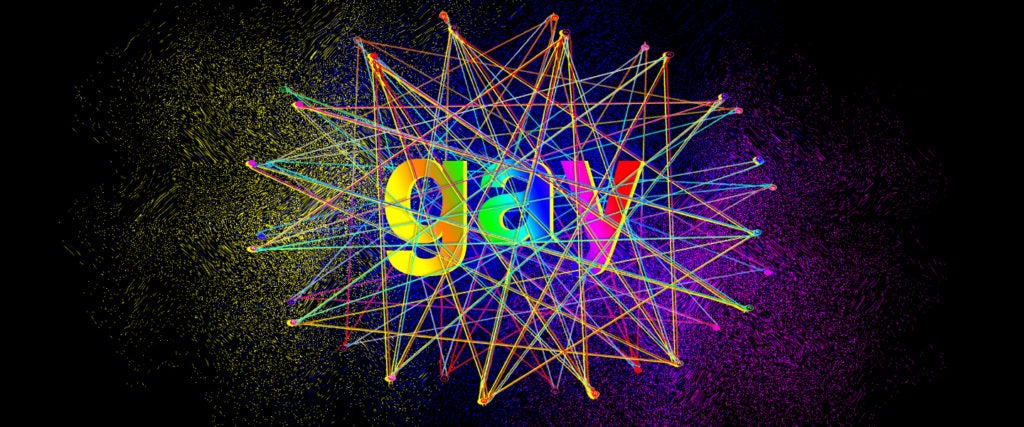Sitting in chairs incorrectly. Relating to Disney villains. Enjoying chain restaurants.
If you follow gay people on social media, then you’re aware of the queer internet’s open secret: Everything is gay. In fact, by this point, it seems that nothing hasn’t been deemed a part of gay culture — from brand mascots like Mr. Clean and Tony the Tiger, to certain cities, foods and mental illnesses, to, hell, even the word “dad.”
what is your gay chain restaurant astrological sign? i’m an olive garden sun, chili’s moon, denny’s rising
— Kristen Arnett (@Kristen_Arnett) July 25, 2020
Unsurprisingly, some straight people are confused. “If everything is gay, isn’t nothing gay?” they’re asking with more and more frequency lately.
But to understand the compulsion to deem everything gay online, we have to understand internet history. Since the beginning, queer people have sought digital spaces to feel queer when real life offered no such space. According to a 2013 GLSEN report, more queer youth are out online than they are in real life, and at least 80 percent of queer youth have used the internet to find and talk to other queer people.
They do this for many reasons — e.g., for validation and/or to feel a sense of community. David M. Halperin puts it best in his (admittedly gay-male-centric) book How to Be Gay. “Unlike the members of minority groups defined by race or ethnicity or religion, gay men cannot rely on their birth families to teach them about their history or their culture,” he writes. “They must discover their roots through contact with the larger society and the larger world.”
To that end, straight people have the whole world to play in, but the internet is undeniably a queer playground. Take, for instance, the “Fellas, is it gay?” meme. It was born out of actual straight men asking other men on Twitter whether it was considered gay to do things like enjoy One Tree Hill or get on your knees and pray. This eventually evolved into women and gay men parodying the fragile masculinity of these straight men by asking things like, “Fellas, is it gay to take out the trash? Men are trash and you’re taking out another man.”
That “Fellas, is it gay?” exists alongside queer people calling everything gay shows how the two groups feel about the same moniker. For straight men, queerness is best to be avoided. For everyone else, queerness can be seen anywhere and in anything.
More largely, growing up queer can be very isolating. A young gay person might be the only one (out) in their friend group, high school or entire town. But on the internet, they’re able to bypass all the straight noise and hone in solely on the queer radio signals coming from miles away. This has always been a function of technology, whether it be phone sex lines, gay video dating services or personal ads written in gay code before the advent of the computer.
As such, I think of every instance of “X is gay” — whether it’s depression, Denny’s or Bulbasaur — as a signal to the other queers out there. Better yet, given all that adolescent isolation, it can provide a young baby queer with hope that, contrary to popular belief, there actually is queerness all around them.

